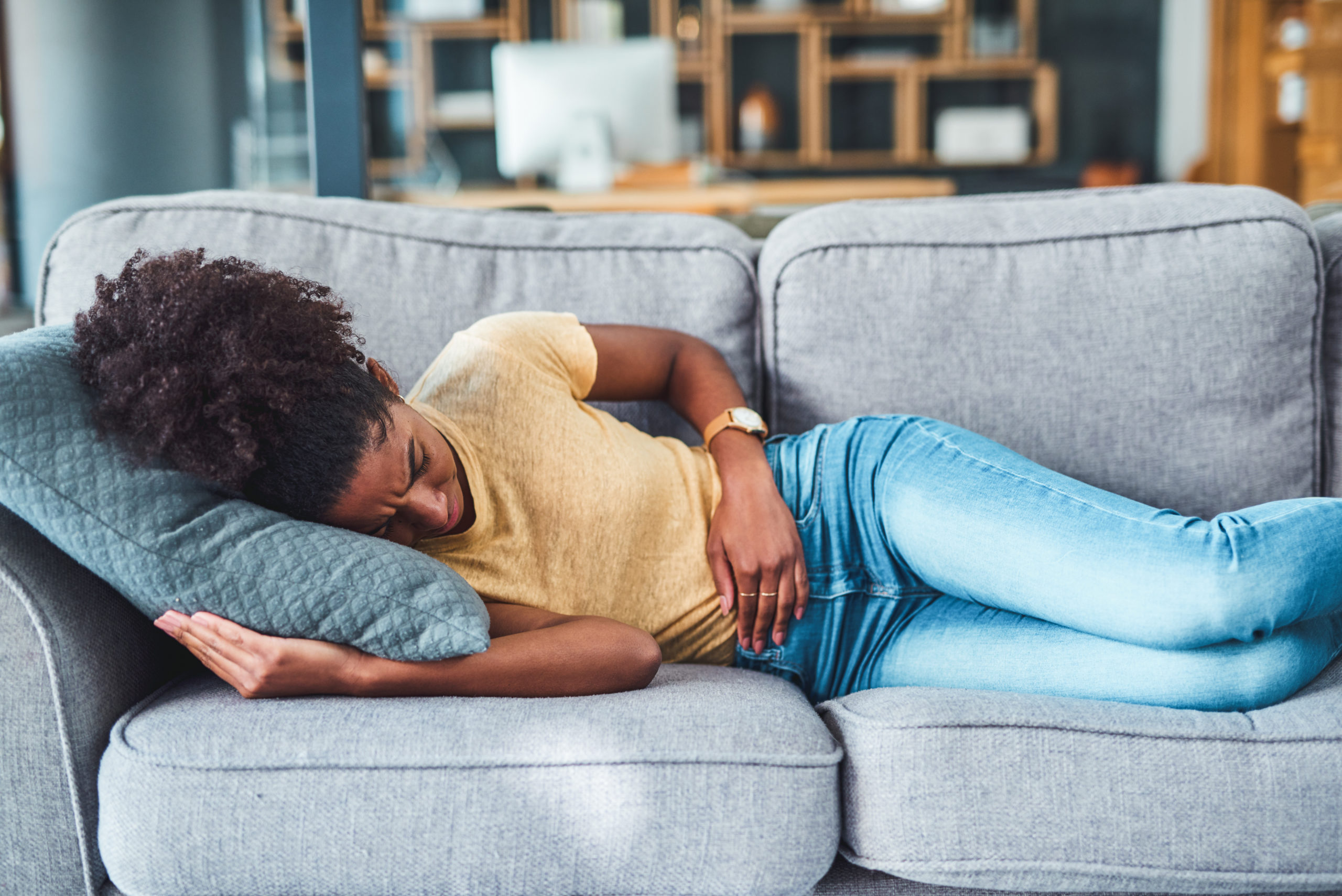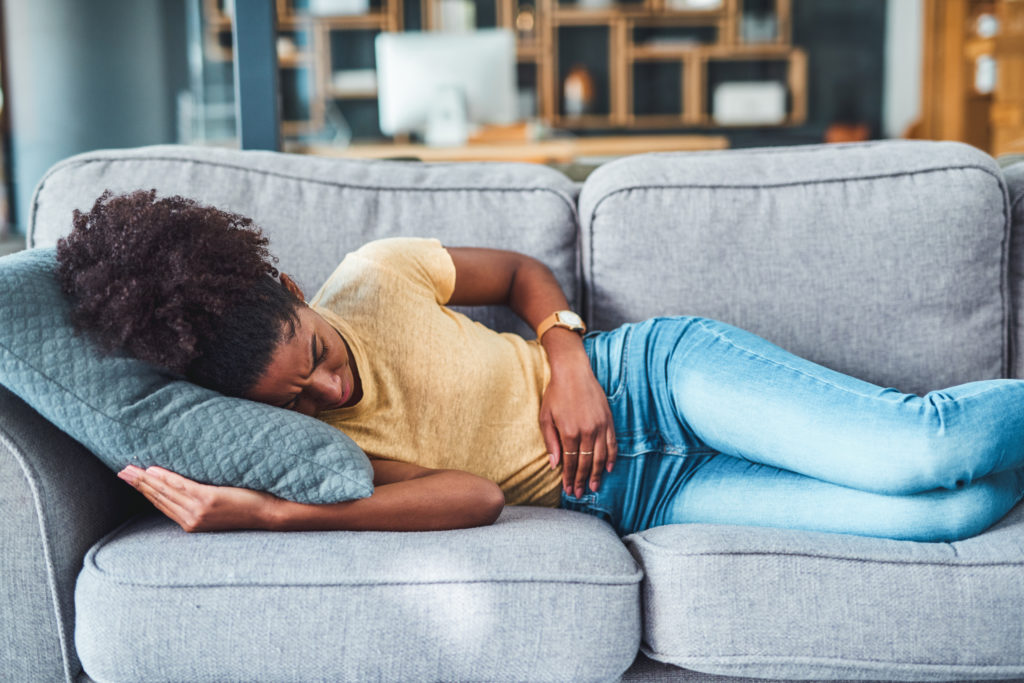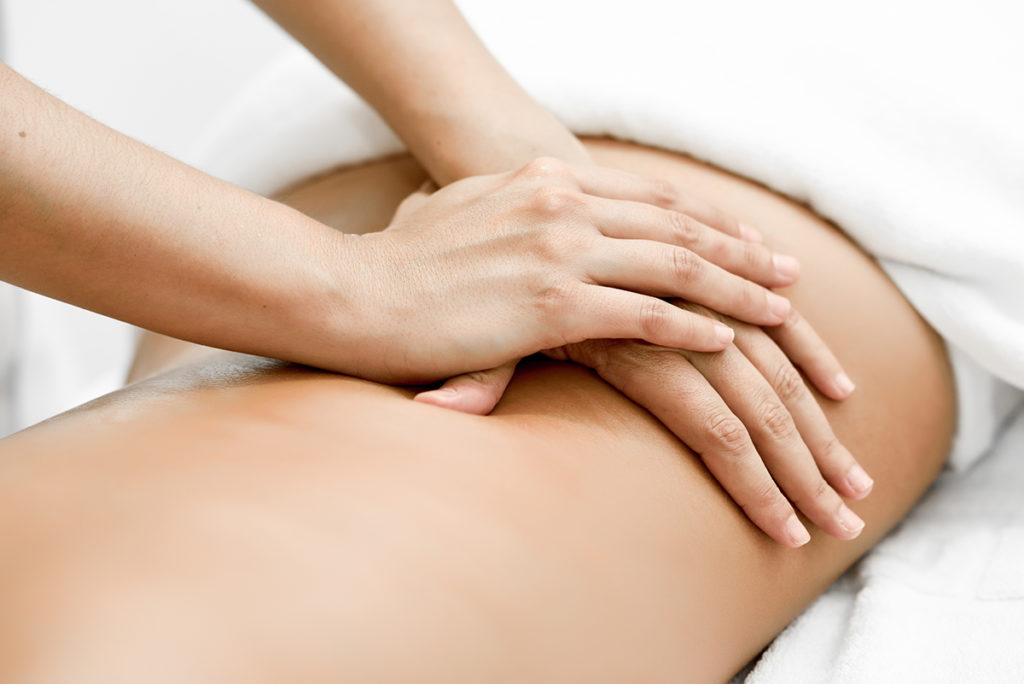Endometriosis is a tricky condition to diagnose because the symptoms can vary so much from person to person. Pelvic pain is one of the most common signs of endometriosis, but it’s also a symptom of many other conditions. So how do you know if your pelvic pain is a sign of endometriosis? Keep reading to find out.
What is Endometriosis & How Does It Differ from Pelvic Pain Caused by Other Conditions?
Endometriosis is a condition where the tissue (endometrium) that normally lines the uterus is found outside of the uterus. This misplaced tissue can appear anywhere and cause various painful symptoms, such as pelvic pain during your monthly period, pain during sex and heavy periods.
It’s important to differentiate endometriosis from other conditions that can cause pelvic pain because the treatments can vary depending on what you are dealing with. Other causes of pelvic pain could be due to fibroids or ovarian cysts. In comparison to these two latter conditions, endometriosis occurs deep in the pelvic cavity and requires treatments like hormone therapy, surgery or lifestyle changes. So if you’re experiencing any unusual pelvic pain, it is always best to speak to your doctor for an accurate diagnosis.
Symptoms of Endometriosis & When You Should See a Doctor
Endometriosis is a common condition that affects an estimated 8%–10% of women and symptoms can vary greatly in severity. Common symptoms include chronic pelvic pain and painful periods, but there are many other symptoms that may manifest too. These symptoms can range from painful urination or constipation during menstrual cycles to nausea and fatigue all month long. When any of these symptoms persist for more than a few months, you should consider visiting your doctor.
Endometriosis is a complex condition with many symptoms, so it’s important to speak with a medical professional who has experience dealing with the disorder in order to get proper diagnosis and treatment options.
How Endometriosis is Diagnosed & What Treatment Options are Available
Endometriosis is a critical condition that’s often difficult to diagnose. This is largely due to endometriosis symptoms often being misattributed to other conditions like dysmenorrhea or pelvic inflammatory disease. Diagnosing endometriosis requires a laparoscopy where a doctor can physically observe endometrial tissue growth on the surface of reproductive organs and nearby structures.
As endometriosis diagnosis can be complicated, doctors may also perform diagnostic tests before recommending a laparoscopy to provide additional evidence for endometriosis. Treatment options for endometriosis include medications and surgeries, depending on the advancement of the condition. Medications are generally used for milder cases of endometriosis; hormones have been proven to reduce pain and shrink endometriosis lesions in some cases.
Surgery options, on the other hand, are usually recommended when endometrial lesions prevent conception due to blocked or damaged fallopian tubes—these surgeries aim to remove tissue growths while preserving organ structures as much as possible. While there is no guaranteed cure, treatments do offer successful management of endometriosis symptoms and fertility in many cases.
What You Can Do to Manage Your Symptoms & Improve Your Quality of Life
Endometriosis can be a painful and frustrating condition that can be difficult to manage. But there are many things you can do to help manage your symptoms and improve your quality of life. One thing you should focus on is how to reduce the amount of inflammation in your body, as this can help alleviate pain and minimize symptoms. Try incorporating more anti-inflammatory foods into your diet, such as leafy greens, fruits, fish, nuts and healthy oils.
Certain forms of exercise like yoga or Pilates can also be great for reducing inflammation. Another way to help manage endometriosis symptoms is to practice natural stress-reduction techniques such as mindfulness meditation and spending time outdoors in nature. These activities have been shown to help lower cortisol levels in the body which is beneficial for reducing inflammation and improving overall wellbeing.
Taking these steps will have a positive impact on how successfully you manage your endometriosis symptoms while helping to bolster your overall quality of life.
Find a Specialist & Schedule an Appointment
Endometriosis is a chronic condition that can cause pelvic pain and other uncomfortable symptoms. The earlier it is detected and treated, the better. However, it is possible to manage endometriosis symptoms and improve your quality of life. While there are various treatments available for this condition, recognizing the signs and symptoms is key to obtaining timely diagnosis and effective treatment. If you’re experiencing any of the symptoms mentioned above, or you suspect you have endometriosis, talk to your doctor about which treatment options are appropriate for you. Educate yourself on the topic; knowledge is power.
Lastly, take care of yourself–look after both your physical and mental well-being as part of dealing with this condition. To find a doctor or schedule an appointment if you think you might have endometriosis, visit Steward DoctorFinder.
Common Questions Asked About Endometriosis
Can exercise help manage pain caused by endometriosis?
Exercising regularly can be a great way to help manage the pain caused by endometriosis. Regular exercise can help reduce inflammation and improve circulation, which can help to reduce pain. It is important to remember that everyone’s bodies are different and the type of exercise that works best for one person may not be suitable for another. Speak with a doctor or physical therapist if you are unsure what form of exercise is right for you.
Is there a diet that can reduce inflammation from endometriosis?
Eating an anti-inflammatory diet is the best way to reduce inflammation from endometriosis. This type of diet includes foods that are high in antioxidants, fiber, and omega-3 fatty acids which help fight inflammation. Foods such as fruits, vegetables, whole grains, nuts, seeds and fish are all great options for an anti-inflammatory diet.
Additionally, limiting foods high in saturated fats and processed sugars can also help reduce inflammation from endometriosis. Eating a variety of healthy whole foods is the best way to ensure that you are getting all of the nutrients necessary for your body to fight inflammation caused by endometriosis.
To find a doctor or schedule an appointment, visit Steward DoctorFinder™.




